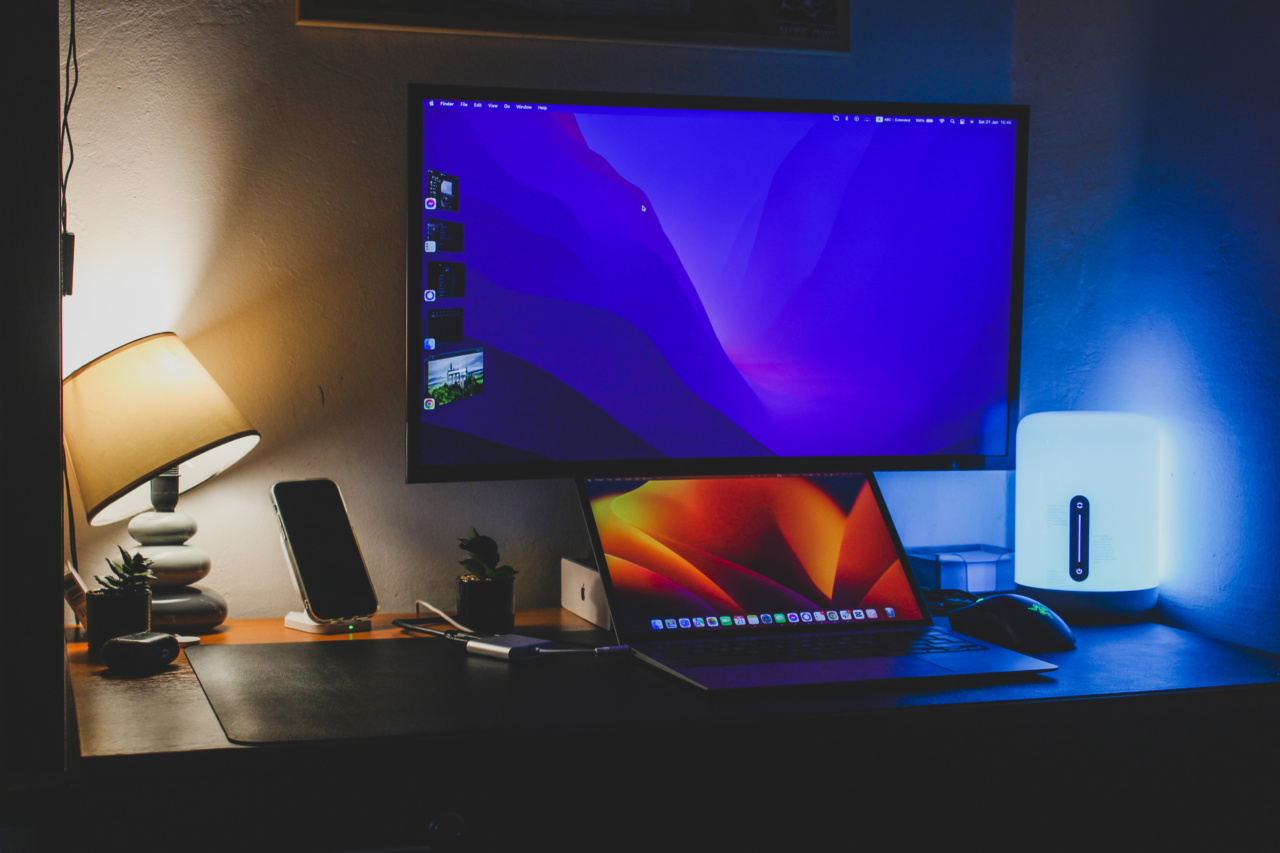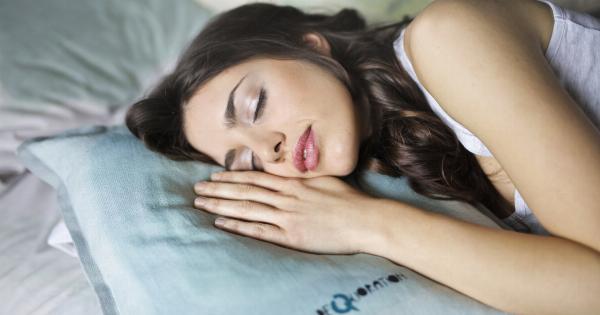Experiencing night sweats can be extremely uncomfortable and disruptive to your sleep.
Whether you’re dealing with hot flashes, illness, or simply a warmer climate, it’s important to find ways to manage night sweats and stay cool throughout the night. In this article, we will explore various strategies and lifestyle changes that can help you keep your body temperature regulated and increase your overall comfort.
1. Choose the Right Bedding
One of the first steps in managing night sweats is to select appropriate bedding that will help regulate your body temperature.
Opt for breathable materials such as cotton or bamboo sheets, as they allow air to flow more freely, keeping you cool throughout the night. Additionally, consider using a cooling mattress pad or topper, which can help wick away moisture and provide extra comfort.
2. Create a Cool Sleeping Environment
Keeping your bedroom at a cooler temperature can significantly help in managing night sweats.
Set your thermostat to a cooler setting, invest in a fan or air conditioning unit, and consider using blackout curtains to keep out the sun’s heat during the day. Additionally, keeping the room well-ventilated can aid in maintaining a comfortable sleep environment.
3. Dress Lightly
Wearing lightweight, breathable sleepwear can make a noticeable difference in managing night sweats. Opt for loose-fitting clothing made of natural fibers such as cotton or linen, as they allow for better air circulation.
Avoid synthetic materials, as they tend to trap heat and moisture against the skin, exacerbating night sweats.
4. Stay Hydrated
Drinking plenty of water throughout the day can help regulate body temperature and prevent dehydration, which can contribute to night sweats.
However, avoid drinking excessive amounts of fluid right before bed, as it may increase the need for nighttime bathroom trips, disrupting your sleep.
5. Use a Cooling Pillow
Investing in a cooling pillow can provide relief from night sweats by significantly reducing heat buildup around your head and neck.
These pillows are often made with cooling gel or specialized materials that help dissipate heat and keep you comfortable throughout the night.
6. Practice Relaxation Techniques
Stress and anxiety can exacerbate night sweats, so it’s crucial to find effective ways to relax and minimize their impact.
Try incorporating relaxation techniques such as deep breathing exercises, meditation, or gentle yoga into your daily routine. These activities can help calm your mind and body, promoting better sleep quality.
7. Limit Caffeine and Alcohol
Caffeine and alcohol are known to increase body temperature and can contribute to night sweats. To manage night sweats more effectively, try reducing or eliminating your consumption of these substances, especially in the evening.
Instead, opt for herbal tea or other caffeine-free beverages to stay hydrated without disrupting your sleep.
8. Keep a Sleep Diary
Maintaining a sleep diary can assist in identifying patterns or triggers that may be contributing to your night sweats.
Note down details about your sleep environment, daily activities, bedtime routines, and any accompanying factors such as certain foods or medications. This information can help you and your healthcare provider identify potential causes and develop an effective management plan.
9. Seek Medical Advice
If night sweats persist despite implementing lifestyle changes, it’s essential to consult with a healthcare professional.
Night sweats can sometimes be a symptom of an underlying medical condition, such as hormonal imbalances, infections, or sleep apnea. A medical expert can evaluate your symptoms and provide appropriate guidance or treatment options.
10. Consider Hormone Therapy
For individuals experiencing night sweats related to hormonal changes, hormone replacement therapy (HRT) may be considered. HRT involves the use of medications containing hormones, such as estrogen, to help alleviate symptoms.
However, hormone therapy should always be discussed with a knowledgeable healthcare provider, considering individual risk factors and medical history.































